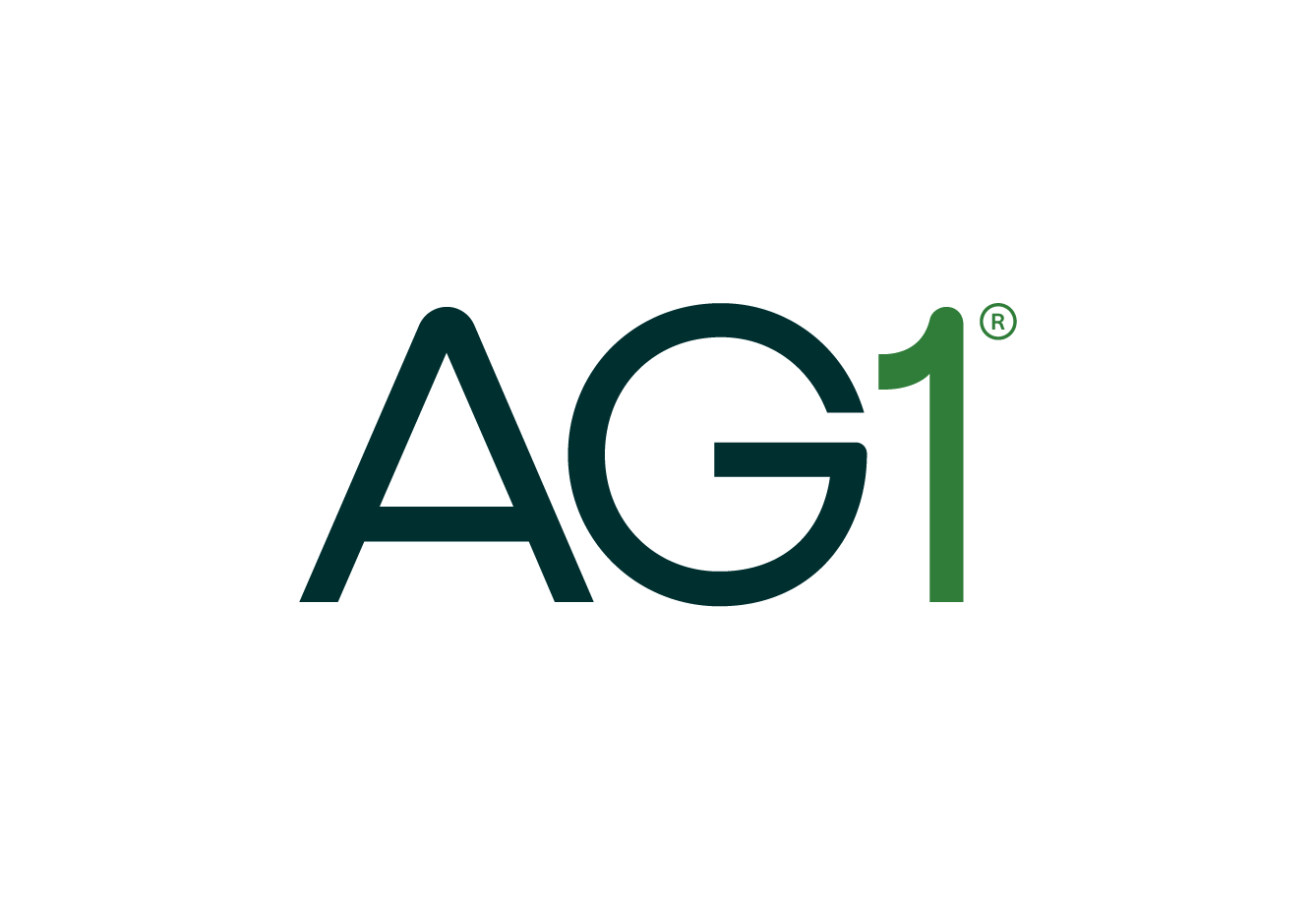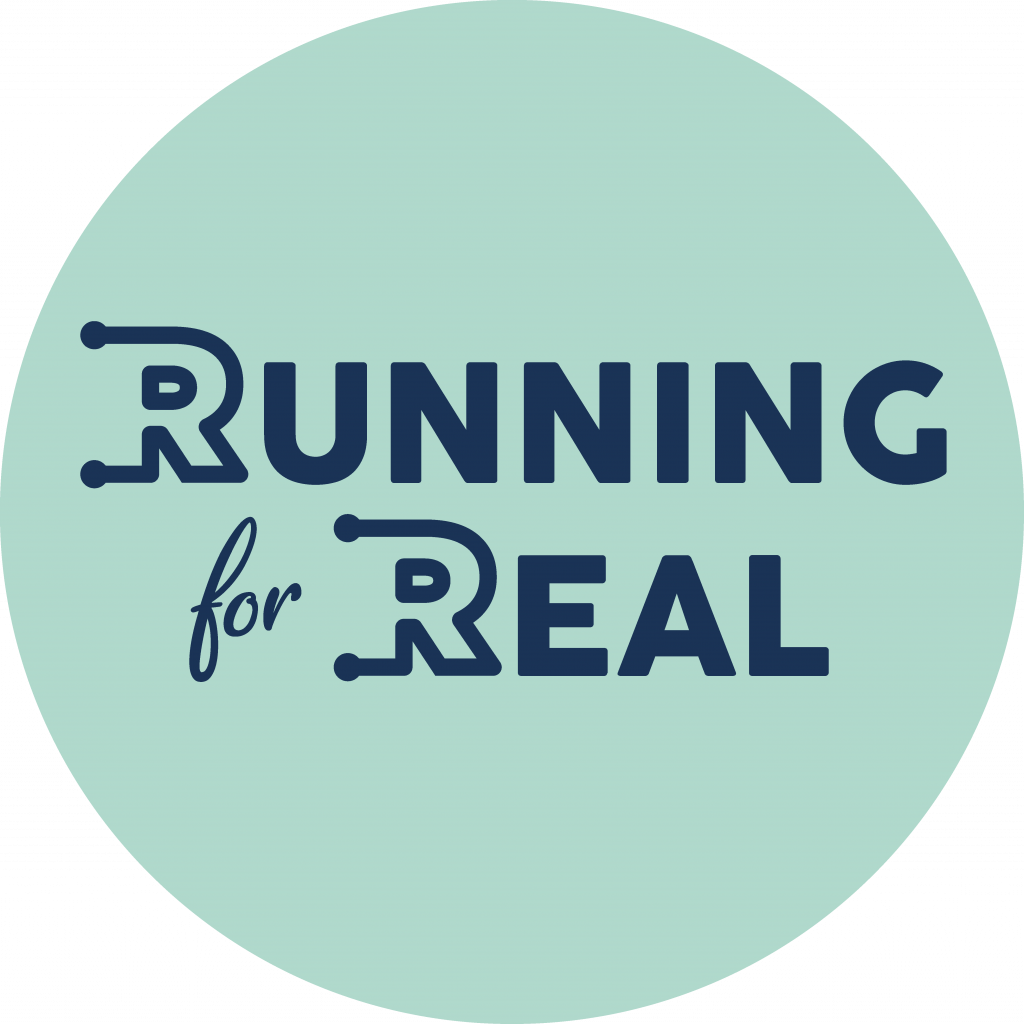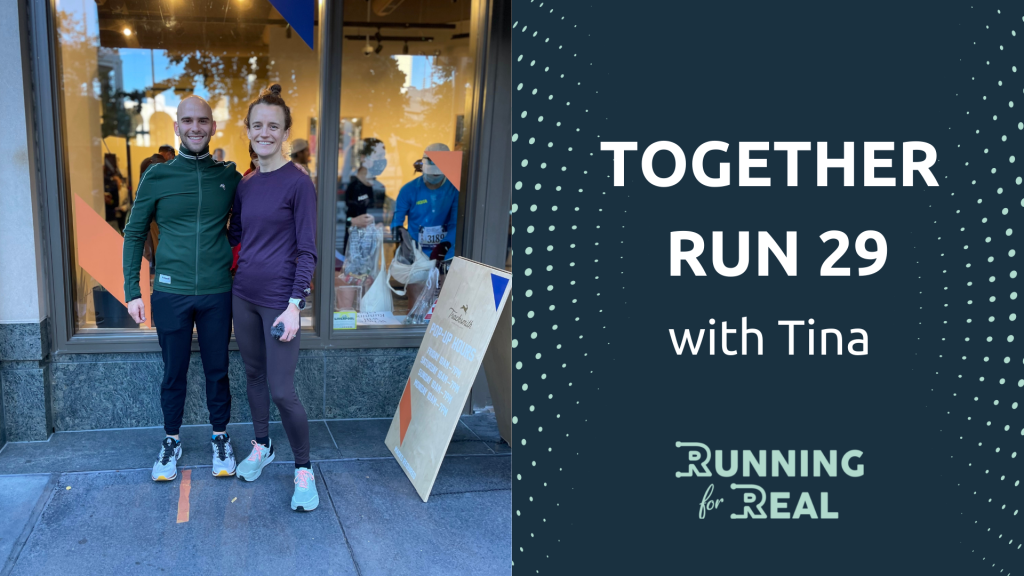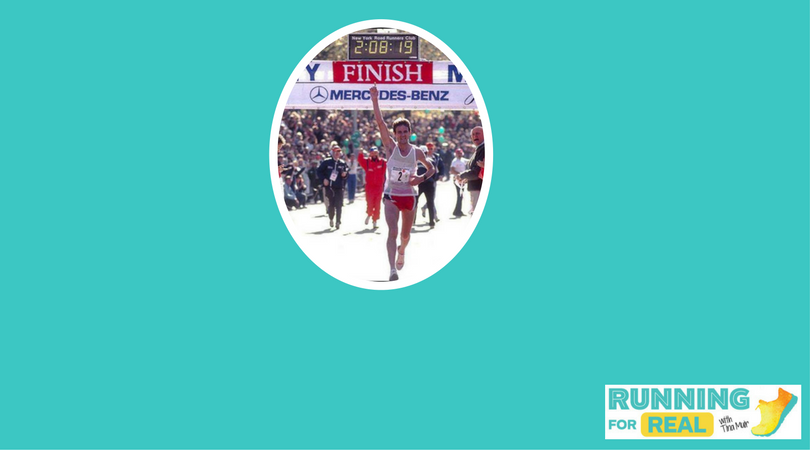On March 16, the Selma to Montgomery Relay will follow the route taken by Civil Rights Movement activists in March 1965, as they walked from Selma, Alabama to the state capital of Montgomery, to protest the blocking of Black Americans’ right to vote. It’s a history lesson, an opportunity to honor those who risked so much for justice, a way to give back to their communities, and a party for the runners, walkers, and cyclists who join together to celebrate the marchers and their actions, which led to the passage of the Voting Rights Act of 1965.
Listen to the Running for Real podcast here:
Apple (iTunes) Podcast | Sticher | Castbox | Overcast | Spotify | Google Play | iHeartradio |
Vergil Chames is one of the founders and race directors of the Selma to Montgomery Relay. He and his friends had run a number of races, but the affiliated causes weren’t significant for them. “We thought that maybe we could be intentional in putting together something that we would like to participate in, as opposed to something trivial like a Jingle Bell or a Hot Chocolate or something,” he says. “Not that there’s anything wrong with that. But how could we be a little more deliberate in what we put together?”
Then, about nine years ago, they saw a Bloody Sunday commemoration on TV. Their first thought was to organize a run across the Edmund Pettus Bridge, where police attacked unarmed Civil Rights Movement demonstrators as they were attempting to march from Selma to Montgomery, Alabama on March 7,1965. The distance was too short for a race, so they decided to attempt something much more ambitious – traversing the same 54 miles covered by the marchers on the third and final of the Selma to Montgomery Marches. The Selma to Montgomery Relay became the first race put on by the business they started, the Civil Rights Race Series.
When they began, they had no idea that the Relay would become an annual event; they thought that it would be a small, local race. Instead, about 400 people from 20 states participated. “We were like, ‘Wait a minute, what have we come up with?’, Vergil recalls. “At the end of the race, folks were like, ‘This really felt good. I didn’t know that I would feel this way.’ Some of them were in tears at the finish line to stand and see where Doctor King made his speech, ‘How Long, Not Long,’ and to walk and run down Highway 80, where those folk were walking.”
The response from participants made them realize that this couldn’t be a one and done. They did, however, have to modify the route. The first race began at Brown Chapel, where many of the protestors’ meetings took place. But, Vergil explains, “Brown Chapel is in the middle of a residential area and some of the the residents there didn’t like the noise and all of the people that were there, and they made a lot of commotion. And so we had to make a correction to the race in order to keep the peace in Selma, and we moved it to just in front of the Pettus Bridge, so our race was reduced from 54 to 51 miles.”
From the Pettus Bridge on, the race follows exactly the route that the marchers took, which has changed remarkably little in almost 60 years. “Our participants are going through a history lesson,” Vergil says, “actually taken back in time to that cold morning when those marchers started, not knowing if they were gonna make it to Montgomery safely. Because two times before, they were met with force and some of them were bloodied, they were beaten, they were thrown, and all kinds of bad things happened to them. And before that, people were killed.”
Demonstrators who took part in the March are invited to the Relay to share their experiences with the participants. One of them is Sheyann Webb-Christburg, who was known as Martin Luther King Jr.’s “Smallest Freedom Fighter” and took part in the Bloody Sunday march when she was only eight years old. “Sheyann tells the story of her coming from her housing project and going there and having to run, and sneaking into the church and hearing Doctor King speak and then going out there and holding hands and going across that bridge and the fear she felt.” Members of the Boynton family, who were instrumental in the Civil Rights movement, have also attended the Relay.
“It’s really beautiful for us, those that weren’t born during this time, to come back to an area and be able to see what our folks went through,” Vergil says. “But also for us as race directors, as storytellers, to tell what happened. This area was thriving at a time and this area was punished for its participation. After this march, a lot of industry went out, to punish the people of the area. And so once we go through three counties, you can tell those counties that really participated because a lot of the economics of the area were taken out as punishment. So we tell the story of in spite of all of the good things that happened because of the 1965 actions, after 1965 a lot of bad things happened.”
The organizers of the Civil Rights Race Series have three tenets. One, obviously, is to teach about history. Another, economic development, is directly related to the repercussions suffered by the area. “Each of our services that we procure comes from vendors that are in those impoverished areas. So we try to give back to those communities, to build those communities up. If it’s a food bank, if it’s a church, whatever those entities are that can support those communities, we try to give back to them with a portion of our race proceeds because we feel that if we don’t, as sons and daughters of these giants, who will? As we go down, many of the rest stops, many of the exchange points, are service organizations or churches that were historically significant at that time, that provided respite for the marchers back then. So we provide economic support to them now.”
The third component is espousing fitness. “Our race is in a food desert. So they’re not gonna have fresh fruits and vegetables; they’re gonna have dollar stores and convenience stores and that’s what’s feeding the community. So we’re the mouthpiece for any community that we go in to talk about how we need to create healthy environments for our folk. It’s not just civil rights, these are basic human rights that we’re talking about.
“We don’t want to come in and just take from each of these communities; we wanna give back and at the end of our run, we wanna say we’ve given back to these communities, and we’ve built up these communities, and we’ve created great partnerships that help us to shine the spotlight on these things, because these are national issues that have to be talked about.
“We need to continue having the right to vote, but we need the right to live. We need the right to have fresh food. We want our kids and our grandkids and our great-grandkids to live in an environment that’s free from all these toxic things that are just everywhere.”
Resources:
Thank you to HydraPak, AG1, and Tracksmith for sponsoring this episode.

HydraPak is continually looking for ways to help runners and their communities lessen their environmental footprint. Their reusable hydration products are aimed not only at supporting athletes in pursuit of their personal goals, but at reducing single-use waste.
Most recently, they unveiled their Cupless Racing Partnership Program, designed to support trail and road races across the country in eliminating race day waste by offering their collapsible and reusable SpeedCup as an alternative to single-use cups at running events.
You can find out more here.

AG1 is the daily Foundational Nutrition supplement that delivers comprehensive nutrients to support whole-body health.
With its science-driven formulation of vitamins, probiotics, and whole-food sourced nutrients, AG1 replaces your multivitamin, probiotic, and more in one simple, drinkable habit. And just as importantly, it actually tastes good!
If a comprehensive solution is what you need from your supplemental routine, go here and get a FREE 1-year supply of Vitamin D AND five free AG1 Travel Packs with your first order!

Tracksmith is an independent running brand inspired by a deep love of the sport. For years the brand has elevated running wear using best-in-class materials and timeless silhouettes that perform at the highest level and can be worn everyday, not just for running.
Tracksmith helps the environment by making comfortable, durable clothes that will last for years, rather than winding up in the landfill, but that’s not the only contribution they make. They supported Running for Real in creating our RED-S: Realize. Reflect. Recover program. They help athletes who are trying to make the Olympic trials, and they offer scholarships for creatives to work on their crafts.
If you’re a new customer, go here and use the code TINANEW at checkout to get $15 off your order of $75 or more. Returning customers can use the code TINAGIVE, and Tracksmith will give you free shipping and donate 5% of your order to TrackGirlz.
Thanks for listening!
If you haven’t already, be sure to subscribe on Apple, Spotify, iHeart, YouTube, or wherever you get your podcasts. And if you enjoy Running for Real, please leave us a review!
Keep up with what’s going on at Running for Real by signing up for our weekly newsletter.
Join the newsletter
This is not your usual email newsletter. With Tina’s personal reflections and recommendations, suggestions of things to do, thoughts to contemplate, and some updates, this newsletter is one that you’ll WANT to read, not hit “delete” as soon as you see it.
Follow Tina on Instagram, Facebook, and Twitter. You’ll find Running for Real on Instagram too!
Want to be a member of the Running for Real community? Join #Running4Real Superstars on Facebook!
Subscribe to our YouTube channel for additional content, including our RED-S: Realize. Reflect. Recover series of 50+ videos.
Thank you for your support – we appreciate each and every one of you!



